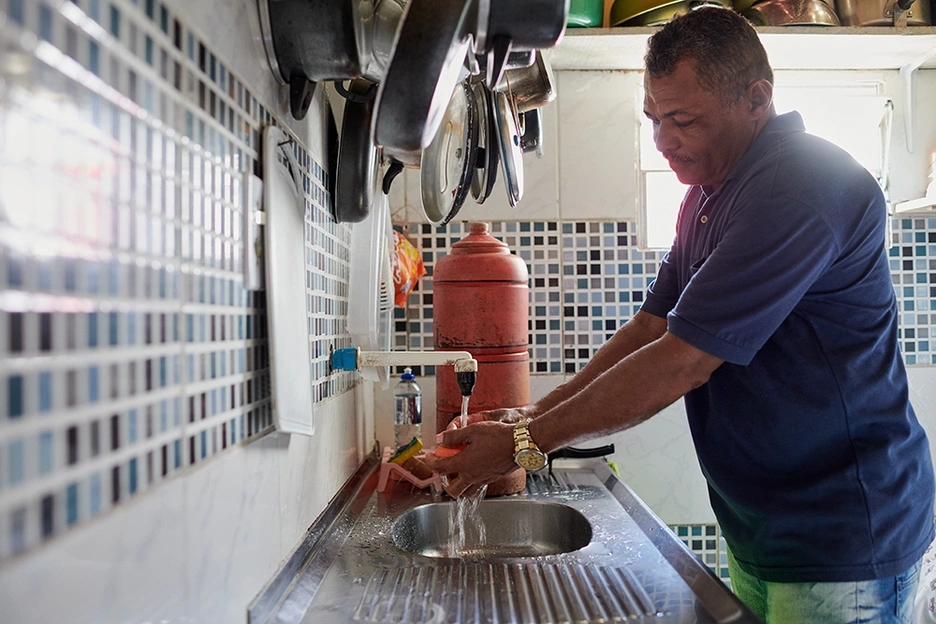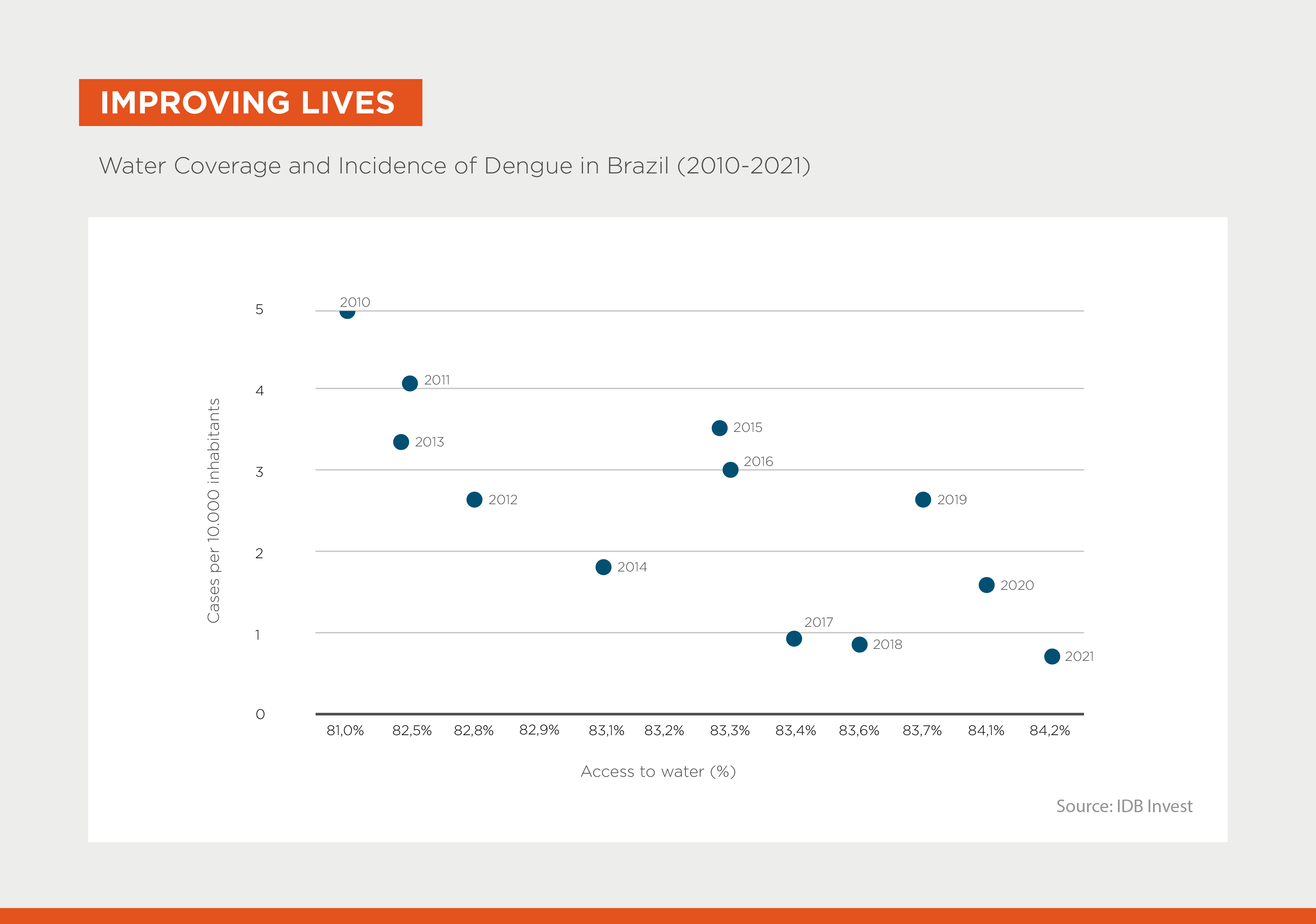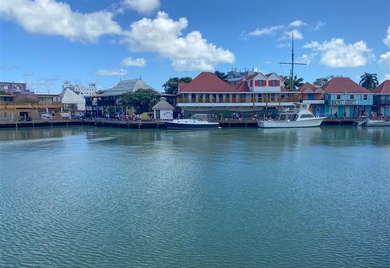The Liquid of Life: Estimating the Health Impacts of Water and Sanitation Services in Brazil

More than 1 in 4 people worldwide do not have access to safe water, and nearly half the world– 3.6 billion people– lacks access to adequate sanitation services. These basic human rights are crucial for people’s health and well-being and for economic development, yet access gaps remain.
In Latin America and the Caribbean, 70 million people do not have access to basic sanitation and over 34 million lack access to safe drinking water. An estimated $256 billion (0.4% of regional GDP) in new water and sewerage infrastructure is needed to address the region’s current deficit and expected growth in demand through 2030.
These figures help to put the magnitude of the problem in perspective. Beyond focusing on what’s missing, we should also focus on what we can gain by investing in expanding water and sanitation coverage.
That’s why for private sector water and sanitation service providers, the ability to measure the social impacts of expanding coverage is so important. Capturing impact data not only helps guide their investments to where they are needed most, but can also help attract other investors towards water and sanitation projects. Take the impacts on people’s health, for example.
We’ve been working with BRK Ambiental, one of the largest private providers of water and sanitation services in Brazil, on a new study to estimate the health impacts of increasing water and sewerage coverage in the country.
While Brazil has made significant progress in terms of coverage—84% of the population had access to safe water and 56% to sanitation services in 2021— there is still a long way to go, particularly in unserved rural areas where last mile costs for infrastructure are higher.
We based our analysis on 12 years of data (2010-2021) from over 800 Brazilian municipalities. We looked at hospitalization rates and public healthcare spending for two main groups of water-related diseases: infectious gastrointestinal diseases such as cholera and diarrhea, and mosquito-borne diseases such as dengue.
As for the results, we found that better coverage leads to fewer hospitalizations, mirroring the already extensive evidence on this topic. Specifically, we found that, on average, a 1 percentage point (pp) increase in water and sewerage coverage reduces hospitalizations for water-related diseases by 0.35 cases per 10,000 inhabitants. In other words, it would take approximately a 3 pp increase in both water and sewerage coverage to reduce 1 hospitalization per 10,000 inhabitants. The effects on reducing hospitalizations are double for children under 4 years old.
Similarly, improved coverage implies lower healthcare spending for treating water-related illnesses. On average, a 1 pp increase in water and sewerage coverage reduces public health expenditures for water-related diseases by 1.5%, which in 2020 was around R$420 (US$82) per person in Brazil.
Regarding mosquito-borne illnesses, we focused on dengue since Brazil has the second highest incidence of this disease in the region after Nicaragua. In 2022, over 2.3 million cases of dengue were reported in Brazil, infecting almost 1.1% of the population.
Although dengue cases have dropped as water coverage has improved, it remains common in regions where water and sanitation coverage is still low. For example, the state of Matto Grosso do Sul has an average water and sewerage coverage rate of 87% and 40%, respectively, and in 2021, had 13 cases of dengue per 10,000 inhabitants, compared to only 0.41 cases per 10,000 inhabitants in the state of São Paulo which has coverage rates of 97% and 92%, respectively.

We also found that an increase of 10 pp in both water and sewerage coverage could contribute to reducing hospitalizations due to dengue by 0.4 cases per 10,000 inhabitants nationwide – representing a 56% drop according to 2021 data. Not only would this scenario cut hospitalizations in half, but it would also reduce public healthcare costs due to the disease by 10%, representing approximately R$1.3 million ($250,000) in 2020.
The health benefits of expanding water and sanitation coverage are undeniable. Continuing to measure these impacts and using this data to inform investment decision-making is essential for advancing on the path towards universal coverage in Brazil and the rest of Latin America and the Caribbean.
For more information, see the DEBrief, The Liquid of Life: Estimating the Health Impacts of Water and Sanitation Services in Brazil. This study is part of an ongoing collaboration between IDB Invest and BRK Ambiental to build the company’s capacity to measure and manage the impact of its water and sanitation operations. IDB Invest’s technical support to BRK also includes testing behavioral approaches to increase household water savings among its customers (see this blog for more).
LIKE WHAT YOU JUST READ?
Subscribe to our mailing list to stay informed on the latest IDB Invest news, blog posts, upcoming events, and to learn more about specific areas of interest.
Subscribe



